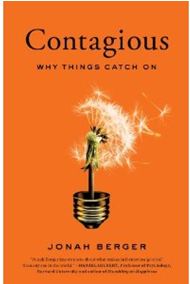Taking notes by hand was associated with better factual and conceptual understanding and recall than capturing content on a laptop computer, reported Princeton’s Pam Mueller and Daniel Oppenheimer of UCLA.
Mueller and Oppenheimer differentiated two types of note-taking:
-
Generative Note-taking, characterized by summarizing and paraphrasing.
This approach enables deeper information processing and greater information encoding, according to University of Nebraska’s Kenneth Kiewra.
-
Nongenerative Note-taking, identified by verbatim copying from dictated content.
This strategy is associated with “shallow cognitive processing,” explained Penn State University’s Peggy Van Meter, Linda Yokoi of University of Maryland, and G Michael Pressley, then of Michigan State University.
More “superficial” information processing is linked to less accurate text comprehension, found University of Helsinki’s Virpi Slotte and Kirsti Lonka.
Shallow processing also is associated with less integrative and conceptual understanding, reported Clemson University’s Brent Igo, Roger Bruning of University of Nebraska, and Victoria University’s Matthew McCrudden.
Participants viewed 15-minute TED Talks or recorded lectures.
Meanwhile, volunteers recorded notes on a laptop computer or in handwriting.
Volunteers then completed two 5-minute distracter tasks and a reading span task to assess working memory.
Thirty minutes after the lecture, participants answered questions about the content:
- Factual-recall, such as “Approximately how many years ago did the Indus civilization exist?”
- Conceptual-application, like “How do Japan and Sweden differ in their approaches to equality within their societies?”
 Volunteers who took notes on a laptop were more likely to record verbatim notes and showed poorer performance on factual-recall questions and conceptual-application questions.
Volunteers who took notes on a laptop were more likely to record verbatim notes and showed poorer performance on factual-recall questions and conceptual-application questions.
Even when participants were told to “take notes in your own words and don’t just write down word-for-word what the speaker is saying,” laptop users recorded more verbatim notes than manual note-takers, and their comprehension performance did not improve.
Findings in a similar study confirmed that people who paraphrase content demonstrate greater content comprehension, enabled by slower processing with manual note-taking.
Taking notes on a laptop computer enables users to transcribe information at higher speeds, and drawbacks include:
- Shallower information processing,
- Decreased conceptual understanding,
- Reduced factual recall,
- Distraction in multi-tasking on email or social media.
-*How do you maintain increase comprehension and retention when taking notes using a laptop computer?
RELATED POSTS:
- Cognitive Value of Handwriting in the Digital Era
- Want to Remember Something You Read? Skip the Underlining – Exploding Learning Technique Myths
- Video Games as Cognitive Enhancers
©Kathryn Welds


















































